The American middle class has long been seen as the heart of the nation’s economy, but in many states, it’s quietly being squeezed to the breaking point. Rising housing prices, soaring grocery bills, and the ever-climbing cost of healthcare have made the so-called “comfortable” lifestyle feel increasingly out of reach. What used to be enough for security and a little indulgence now barely covers the essentials.
In some places, it’s not just about cutting back on luxuries—it’s about deciding which necessities to sacrifice. These 15 U.S. states show just how much harder it’s become for middle class families to keep their footing, despite working just as hard—if not harder—than ever before. If you think “struggling to survive” sounds dramatic, the numbers and lived experiences tell a very different story.
1. New York
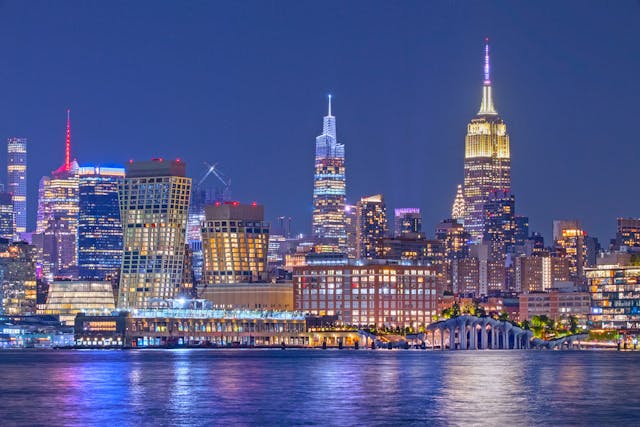
Imagine paying $2,400 a month for a two-bedroom where the walls are paper-thin and your landlord texts you daily about “noise complaints.” A family of four now needs over $318,000 a year just to scrape into “middle class” in NYC alone according to theâŸNew York Post. Meanwhile, upstate areas aren’t much better: property taxes can run you $10,000+ annually on a modest home. And don’t get me started on groceries—between soaring trucking costs and urban food deserts, even Trader Joe’s feels like a luxury.
Rent control? More like “rent-roll” as in rolling your eyes. Local wage growth has basically been on a treadmill since 2016—lots of movement, no real gains. Daycare slots open up slower than a subway train in the rain; expect to shell out $20,000 per kid per year if you’re lucky. Healthcare premiums are climbing faster than children on a sugar high—so say goodbye to that dental work you’ve been putting off. Neighborhoods gentrify overnight, transforming community gardens into luxury condos with “amenities” nobody actually uses. Your retirement plan? Might as well be a piggy bank—it’s not keeping pace. And taxes are a villainous trilogy: state, city, and that sneaky MTA surcharge. Even if you scrimp and save, postcard-perfect picnics in Central Park now require half your weekend budget.
2. California
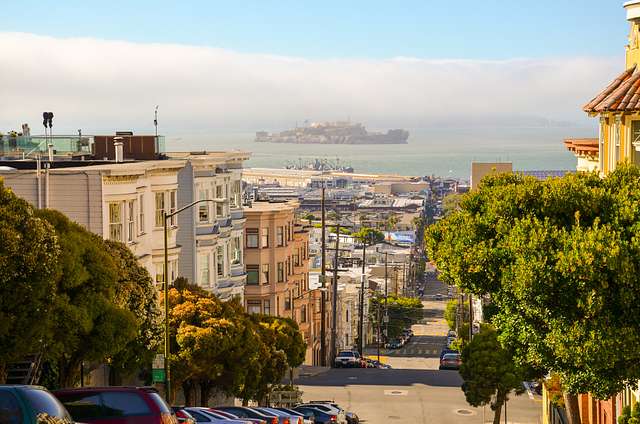
Golden Gate bridge? More like Golden Handcuffs. According to Bloomberg , median home prices in the Bay Area just hit $1.3 million, turning “starter homes” into unicorns you’ll never actually see in your yard. That means a 20% down payment alone would require $260,000 from your piggy bank—if you’re lucky enough to have one. And it’s not just San Francisco; L.A.’s rent has surged over 35% in the past five years, thanks to tech bros and influencer house-hunters snapping up every nook and cranny.
California’s carbon credits and green policies sound lovely—until your electric bill arrives and you wonder if you’re powering your home or a small Tesla factory. Property taxes hover around 1.1%, which sounds low until you calculate it on a $1.3M home. Add in catastrophic insurance premiums for wildfires and earthquakes, and suddenly your monthly mortgage looks like a small national debt. Kid-care is a fiasco—$1,800 a month per child at licensed centers, and don’t even think about back-up care. State income tax can slice off up to 13.3% of your paycheck. Public school funding is… let’s say “uneven,” so private school rates look tempting and terrifying in equal measure. Oh, and traffic? You spend more time idling than on actual “quality family time.”
3. Hawaii
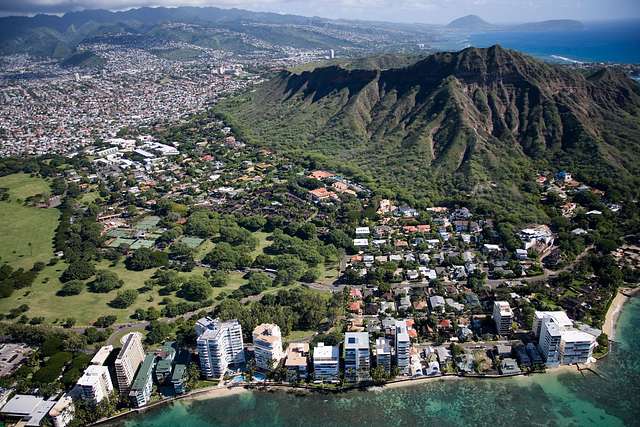
Aloha, you middle-class survivor, you! But get ready to say goodbye to that Aloha spirit when you see your grocery bill—expect to pay north of $11,800 annually just to feed a family of four per Nasdaq. Local produce is great—if you can actually afford it. Imported everything else feels like a luxury cruise onboard the S.S. Expense.
Homeownership is expensive: median home values are over $730,000, and rent for a two-bedroom apartments averages $2,399 per month. Your paycheck might look healthy on paper with Hawaii’s $82,000 “middle-class” threshold, but once you factor in utilities (sky-high electricity costs from oil-fired plants), you’re basically break-even. Island living also means limited competition—hello, monopoly pricing on literally everything from building supplies to dentist appointments. And let’s not forget the cost of escaping island life: plane tickets home for Thanksgiving? That’s your vacation budget for the year. Meanwhile, local wages lag behind mainland rates, so your employer’s “Hawaiian Premium” sounds more like a twisted joke. Health-care travel subsidies help a bit—but you’ll still pay an arm and a leg, and sometimes a sofa or two, for specialist visits. The only consolation? Breathtaking sunsets—but not enough to pay off student loans.
4. Massachusetts
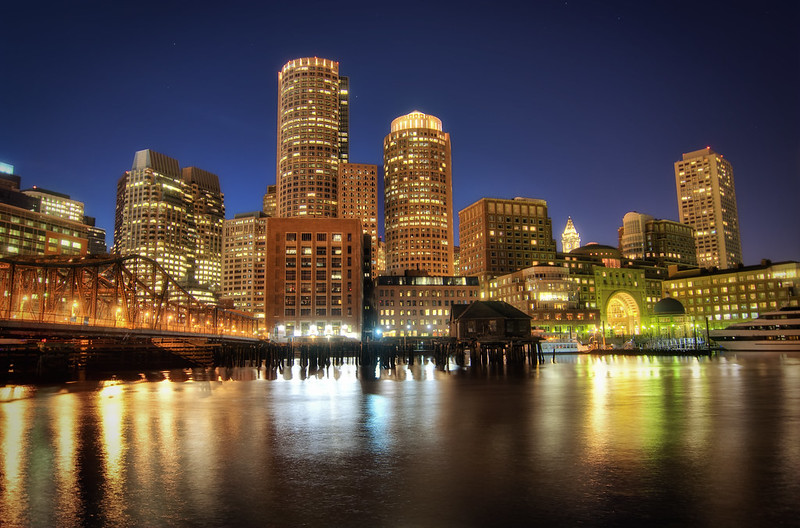
From the Freedom Trail to the debt trail—Massachusetts has some of the highest property taxes east of the Rockies, averaging over $5,700 per household annually per Boston Globe. And that’s before you factor in the sticker shock of median home prices hovering around $500,000. Combine that with state income taxes up to 5%, and you’ve got a recipe for shrink-wrapped paychecks.
Boston’s tech and biotech boom has created highâ€paying jobs—but it’s also juiced rent by over 25% in five years. Daycare costs here rival private school tuition in other states, averaging $20,000 per child per year. Commutes on the “T” can test your patience and your immune system, creating unexpected expenses in Uber and hand sanitizer. Meanwhile, healthcare costs are neck-and-neck with national averages, yet coverage gaps still exist—hello, surprise ER bills. Public schools are solid, but private tuitions approach $30,000 annually for high-performing districts. And don’t forget winter heating bills—coal, oil, or electric, you’re paying premium for warmth. Owning a car in the suburbs? Brace for tolls, commuter rail fees, and the occasional $50 parking ticket. Even Worcester and Springfield, once affordable havens, are creeping upward thanks to Boston-bound investors. And that local “beer tax” (really a surcharge) means your Friday night IPA costs more than your movie ticket.
5. Washington
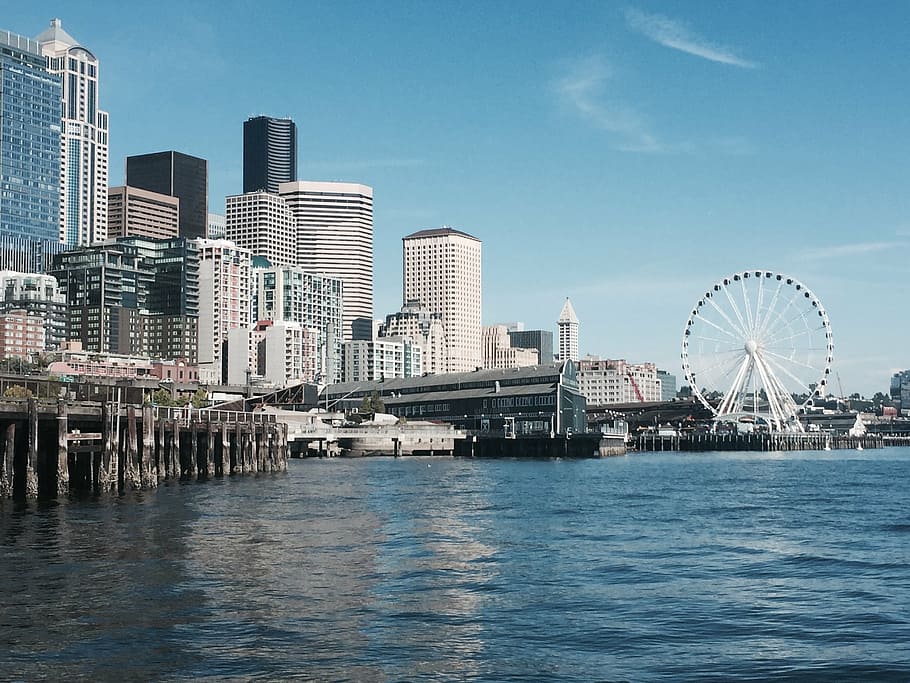
Ever wonder why Seattleites look perpetually caffeinated? Their wages—yes—are high, but so is everything else. According to Business Insider , Seattle’s cost of living is nearly 46% above the national average thanks to tech giants inflating rents and home prices alike.
In King County, median home values top $720,000, and rents for a modest one-bedroom hover around $2,100 per month. Add in Washington’s lack of an income tax (yay!) but high sales and property taxes (boo!), and you’re back to square one. Healthcare costs are competitive, but high deductibles leave middle-class families in a bind. Childcare here is around $1,500 a month per kid, and preschool slots vanish faster than avocado toast. Commute times average 28 minutes—enough to juice up Uber bills when the bus is full. Public schools outperform national averages, but that pushes families into expensive neighborhoods with “good schools” price tags. The state’s new “digital advertisement tax” sneaks into your streaming services. And don’t forget annual vehicle license fees that can top $300 per car. Even when you save on gas compared to coastal behemoths, it’s still not enough to cover all the rest—so you’ll keep guzzling that latte and hoping for the best.
6. California’s Central Valley
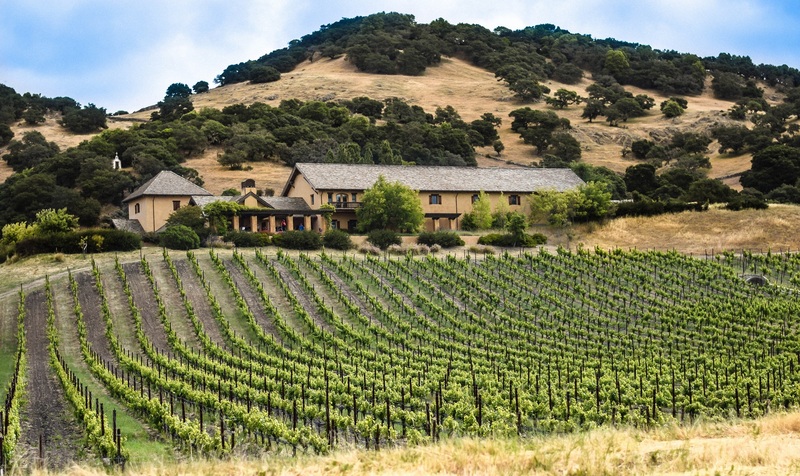
Rent may be “cheaper” here, but stagnant wages, skyrocketing insurance premiums for drought-driven wildfires, and limited public transit make car ownership non-negotiable—hello, surprise $1,200 monthly payment. Add in high childcare costs and water bills, and you’re basically paycheck to paycheck.
But it’s not all dust storms and almond groves—job growth in agriculture and logistics sounds promising until you realize those roles rarely offer benefits or a living wage. Grocery prices still mirror coastal rates despite the “farm-to-table” buzz, so cooking at home barely saves you anything. When seasonal work dries up, families scramble for gig shifts that often pay under minimum wage. And let’s not even talk about healthcare access—specialists can be hours away, turning a sprained ankle into a weekend road trip. Even the community college fees feel like a private university bill.
7. Illinois
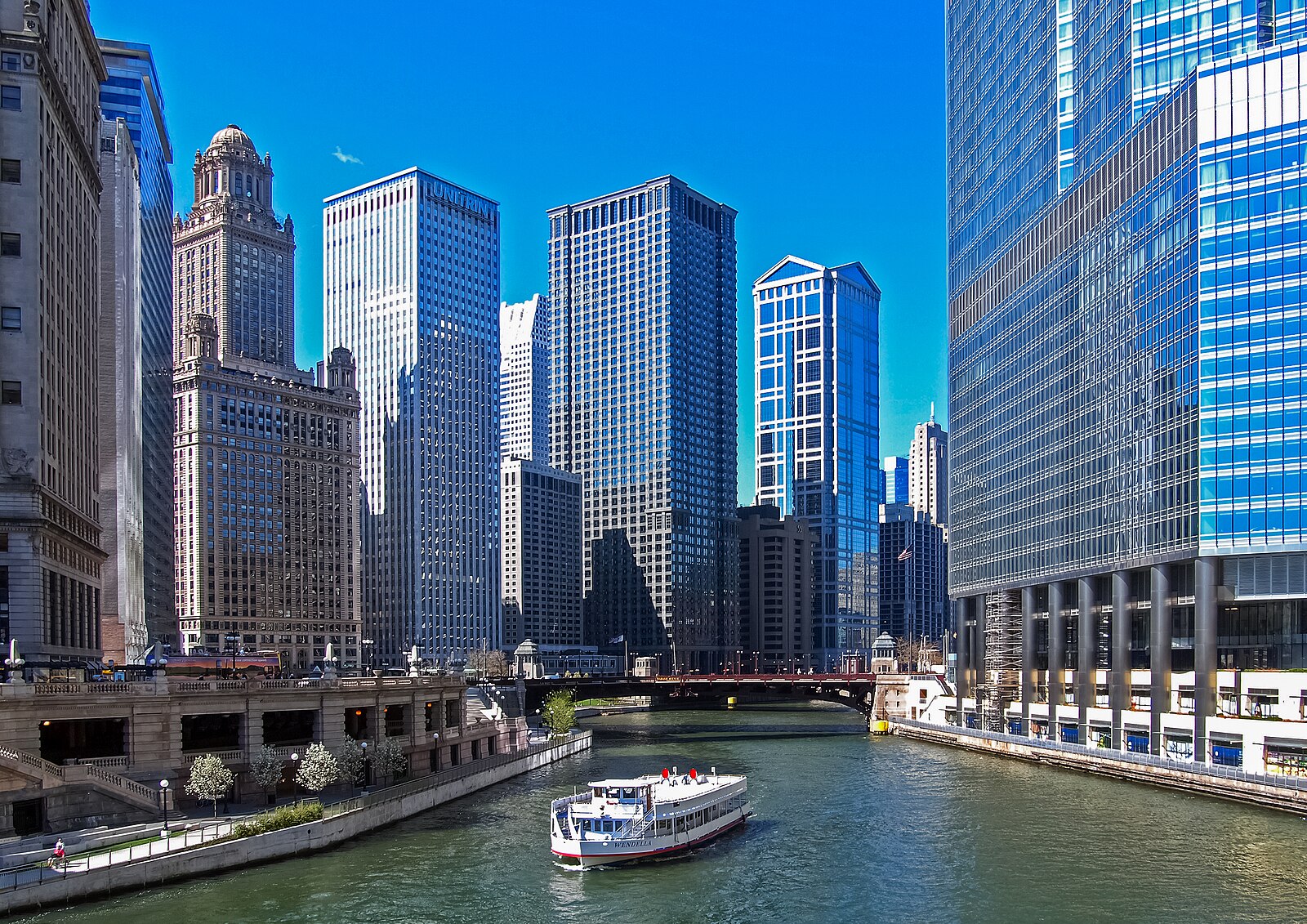
Chicago’s median rent of $1,850 contrasts painfully with salaries that haven’t budged in a decade. Add punishing property taxes (over 2% of home value), lakefront insurance, and an income tax around 4.95%, and life’s less Chi-cago and more Chi-no go.
Yet suburban flight hasn’t eased the pressure—ticket prices for that daily Metra commute can nudge $200 a month, and tollway costs pile on. Local governments lean heavily on sales tax, making every trip to Jewel a mini-investment. Illinois’ pension liabilities have led to cuts in social services, so public pool memberships and rec-center classes now come with membership tiers. And with winter wreaking havoc on roads, car repairs and heating bills double dip your budget. Even budgeting apps struggle to keep up with all the added fees.
8. New Jersey
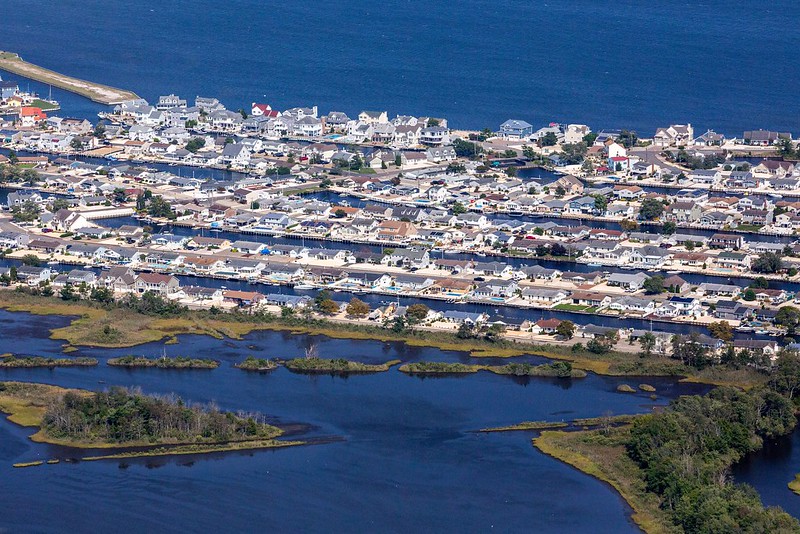
One of the highest property tax rates in the U.S. (averaging $8,500 per household) makes owning a home here feel like financing a small island. Public school funding is excellent—at the cost of your entire mortgage budget.
If you move to suburbs to dodge those taxes, NJ Transit and Parkway tolls bleed your wallet dry; a single commute can cost over $20 round-trip. Utility bills spike thanks to coastal storms and mandatory flood insurance, while beach-town rents soar in summer, making year-round budgeting a nightmare. “Affordable” housing lotteries are backlogged for years, leaving families in limbo. And despite proximity to NYC, job seekers often find themselves competing with Manhattan wages while paying Garden State costs.
9. Colorado
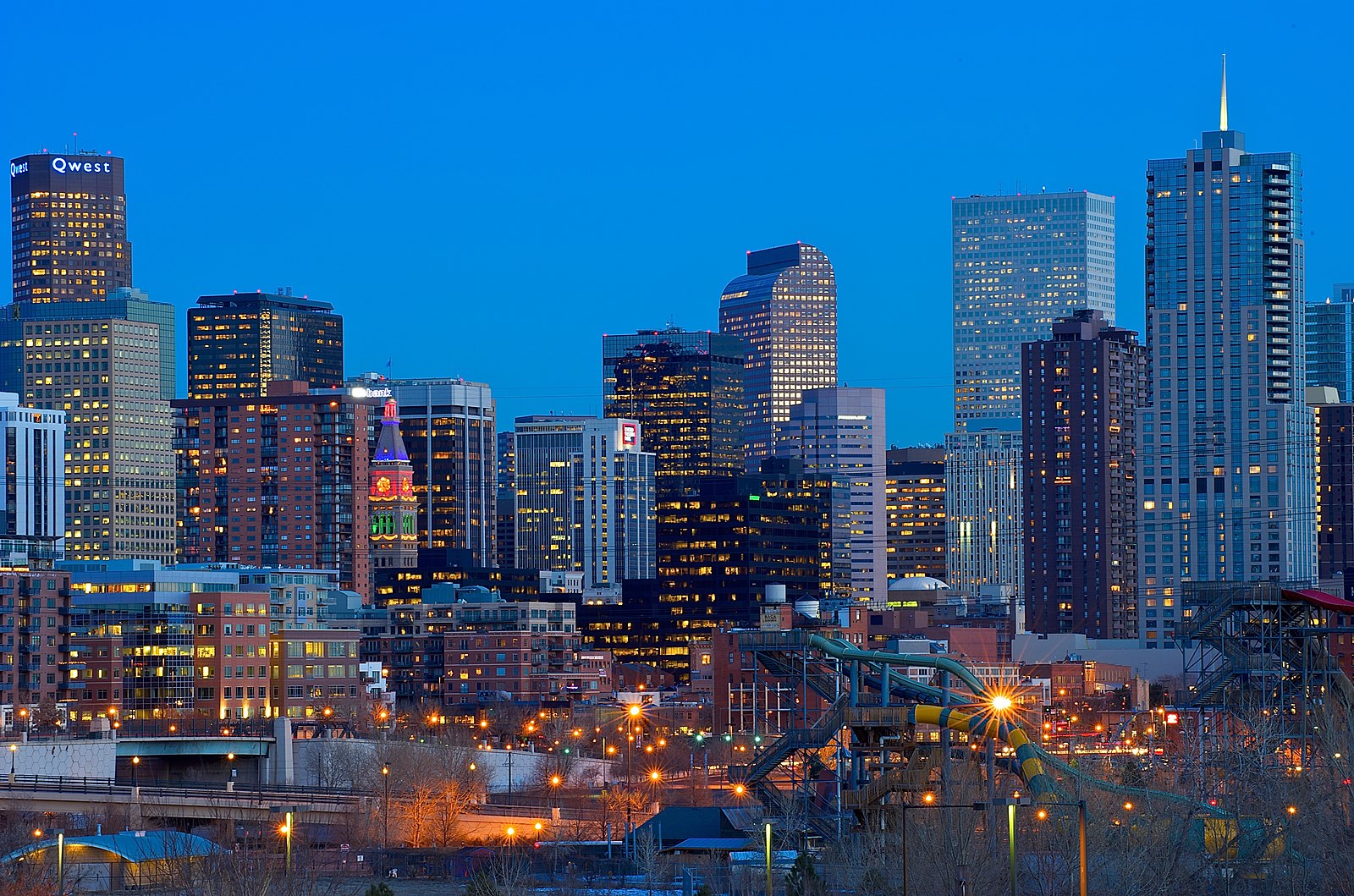
Denver’s booming job market comes with a rent hike of 40% in five years, and home values near $600,000. Add pricey ski-town getaways and high sales taxes, and you’re left wondering why you moved here in the first place.
Mountain towns like Aspen and Vail exacerbate the squeeze—second-home buyers drive up local prices, so service workers commute hours just to afford a studio. Healthcare in rural counties can involve airlift fees if you break an arm skiing, and broadband bills rival big-city cable rates despite patchy coverage. Wellness-culture premiums are everywhere—yoga memberships, organic co-ops, you name it—so even “self-care Sundays” feel like an expense line. And state income tax, while flat at 4.55%, still nibbles at your overtime.
10. Oregon
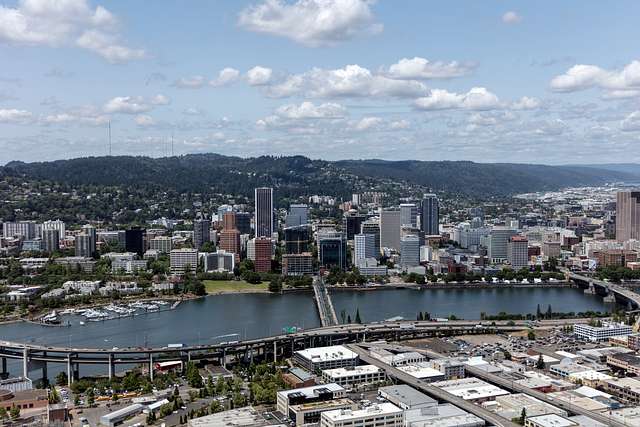
Portland’s quirky charm is offset by a 14.5% rent surge and no rent control. Oregon’s gas tax hike hits commuters hard, and health-care costs here are among the nation’s top tier, despite lower incomes.
Vancouver, WA—just across the bridge—hasn’t been spared either; parking fees, vehicle registration surcharges, and Washington’s sales tax on groceries squeeze wallets. Rural counties face hospital closures, forcing long drives for basic care. Tourism booms in the Gorge spike lodging costs in nearby towns, so Airbnb hosts pocket five-star rates while locals scramble for storefront jobs that pay far less. And that “keep Portland weird” sticker on your laptop? It doesn’t cover your cable bill.
11. Virginia
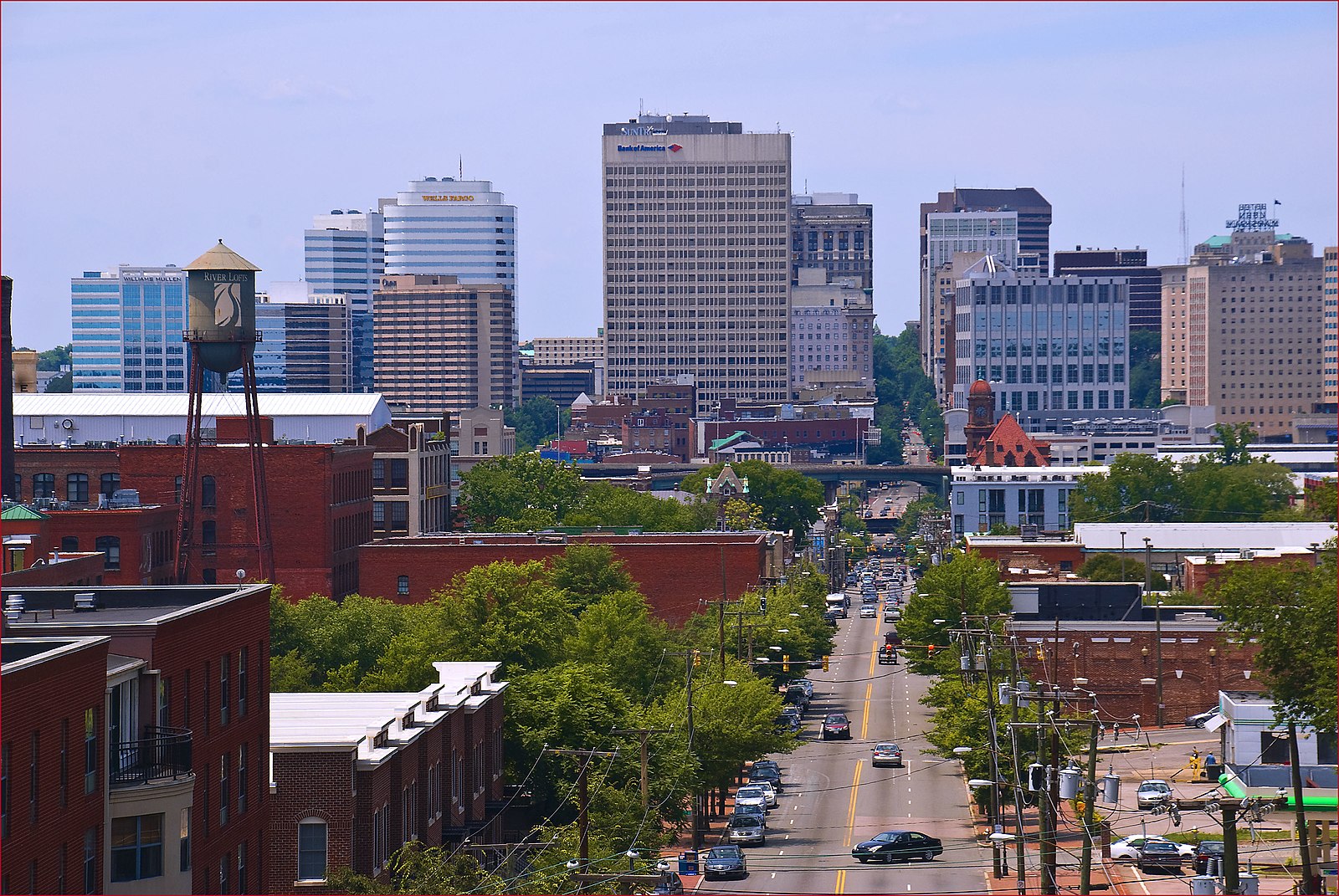
Northern Virginia’s tech corridors rival Silicon Valley rent, while Richmond’s wages lag regional growth. High property taxes and subtle income taxes (thanks to no local options) keep wallets perpetually squeezed.
Living in Virginia Beach or Roanoke? You trade commute time for utility surcharges on energy and water, plus rising flood-insurance rates in coastal zones. The state’s transit projects are perpetually “under construction,” so daily bus passes and express-lane tolls become mandatory costs. Private school tuitions look attractive when public schools miss the mark, but that decision can cost you $15,000 per child annually. And beware the “Tidewater Tax”—a local penny-per-dollar addition that pops up on every purchase.
12. Florida
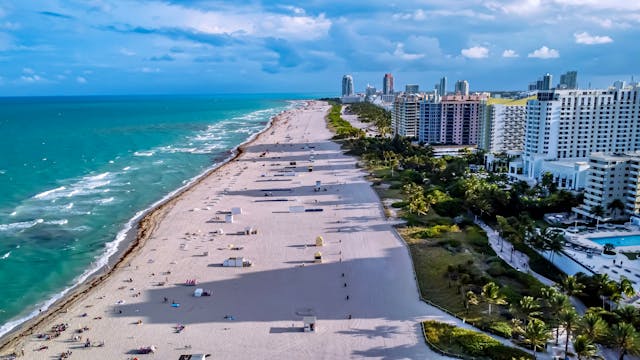
No state income tax is sweet—until you see rising homeowners’ insurance, sky-rocketing hurricane premiums, and rent hikes over 30% in Miami-Dade. Healthcare access gaps push families into costly private plans.
Retirement hotspots like The Villages inflate local prices seasonally, so your once-affordable rental can double in winter months. Tour-boat traffic drives up gas prices on barrier islands, and mandatory flood insurance often doubles your mortgage. Telemedicine fees spike during hurricane season, and ER wait times can cost you after-hours premiums. Even theme-park discounts for residents feel like bait when your overall budget is underwater.
13. Connecticut
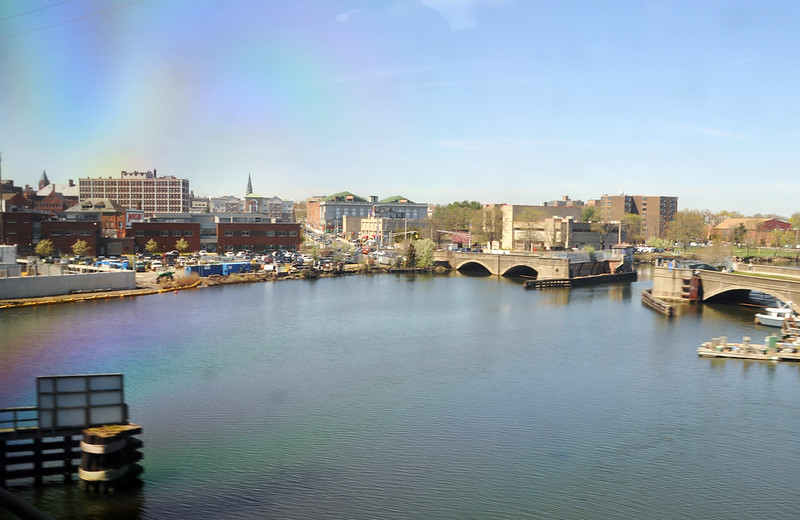
Bridgeport’s affordable neighborhoods are disappearing as Stamford and Greenwich gobble up inventory, pushing median home prices past $350,000 and property taxes north of $6,000 annually.
Suburban sprawl forces parents into perpetual carpools, adding mileage and maintenance to aging cars. Insurance premiums for coastal exposure can double overnight after a nor’easter alert. Private preschool tuition in Fairfield County rivals Northeast college tuition, turning that “first day of school” cute outfit into a five-figure investment. And the state’s budget woes keep creeping back via surcharges on utilities and tolls on the Merritt Parkway.
14. Pennsylvania
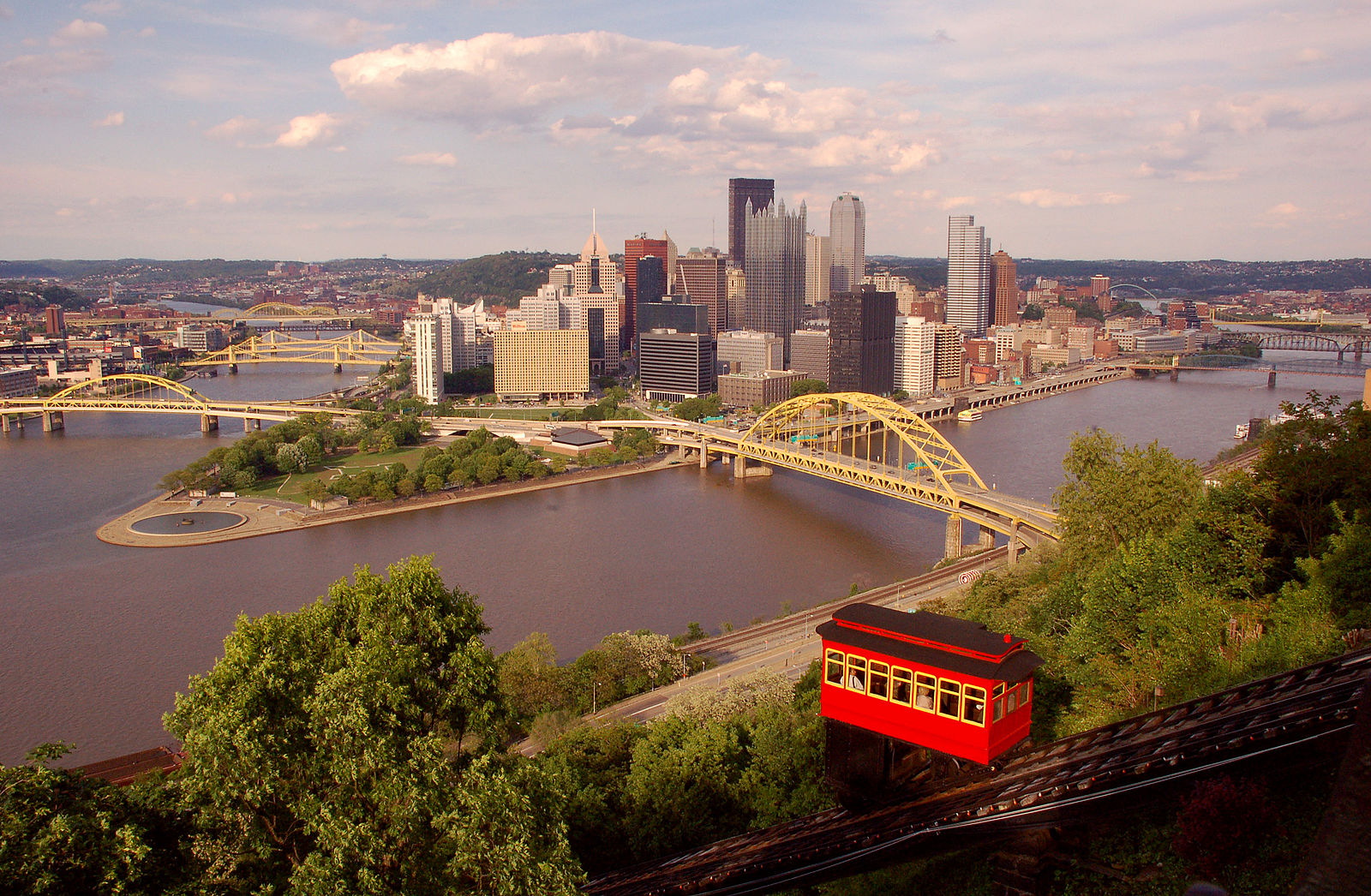
Philadelphia’s wage stagnation meets a 25% rent spike, plus high commuting costs on SEPTA. Suburban property taxes here are among the top 10 nationwide, leaving middle-class families in a bind.
Western PA isn’t much better—Pittsburgh’s “revival” has fueled an influx of out-of-town buyers, sending home values upward without corresponding pay bumps. Turnpike toll hikes are practically annual, and the PA Turnpike Commission loves to remind you with postcard notices. Public school budget cuts lead to steep booster club fees, so “free” sports and music programs suddenly cost hundreds per season. And heating with natural gas in winter can add thousands to your utility bill, thanks to pipeline surcharges.
15. Texas (Austin Metro)
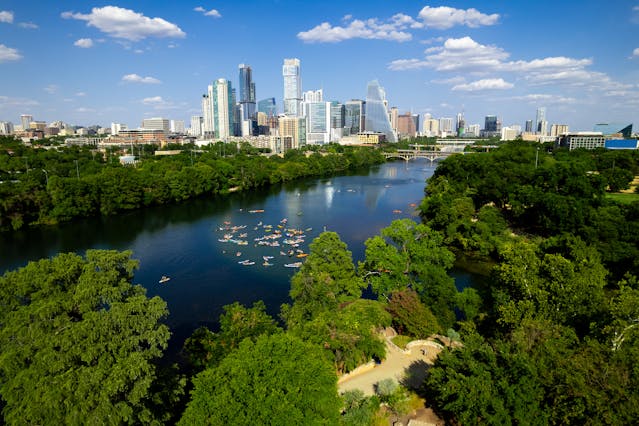
No state income tax, yeah! Until your rent doubles, your property tax bill triples, and your electrification push sends utility rates soaring. Austin’s so hot, even your utility bills feel the burn.
Round Rock and Pflugerville once offered relief, but rapid growth has inflated everything from traffic tickets to childcare co-ops. The Emerald City variant of “keep Austin weird” now includes premium gym memberships and overpriced farmers’ markets. Water use surcharges for landscaping and pool upkeep can chalk up another $50-plus monthly fee, and HOA dues in planned communities cover “amenity enhancements” you never use. And when you think you’ve escaped the heat, that yearly “grid reliability” surcharge arrives to remind you that even your AC has a price.
This article is for informational purposes only and should not be construed as financial advice. Consult a financial professional before making investment or other financial decisions. The author and publisher make no warranties of any kind.








